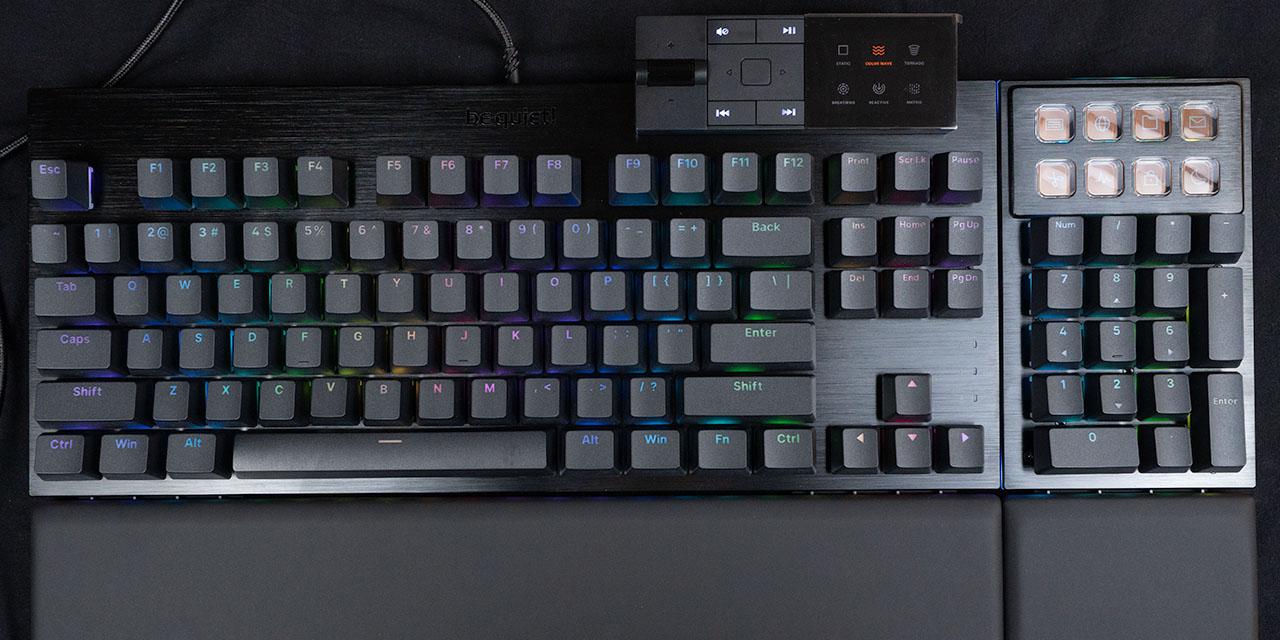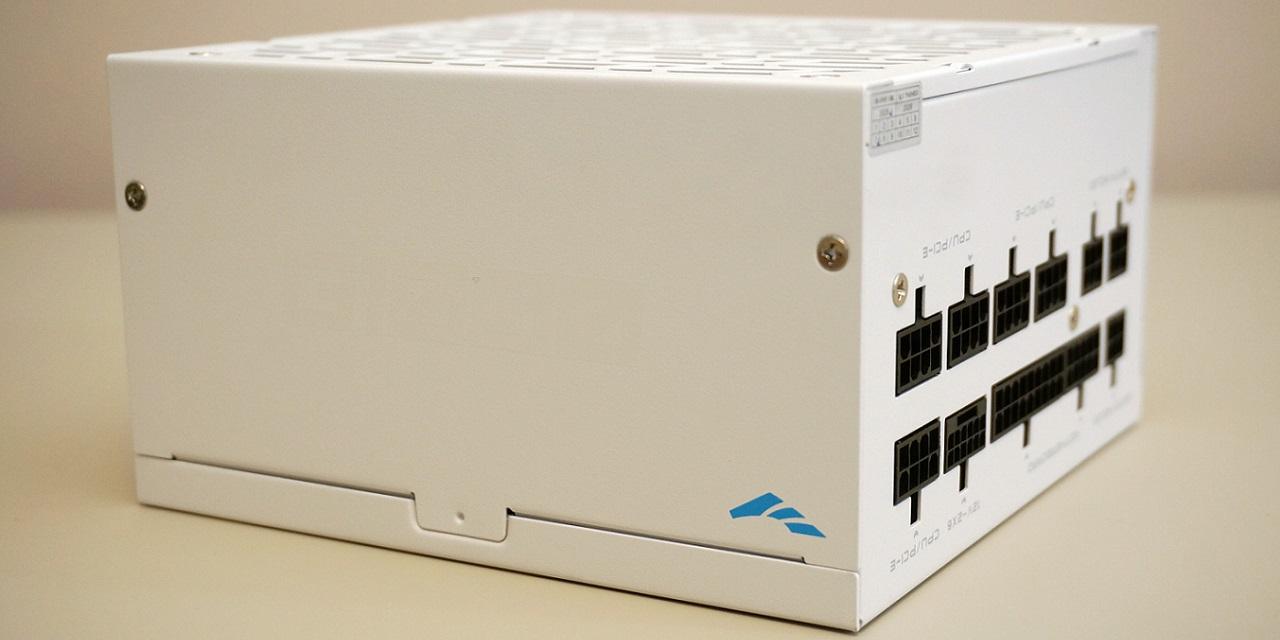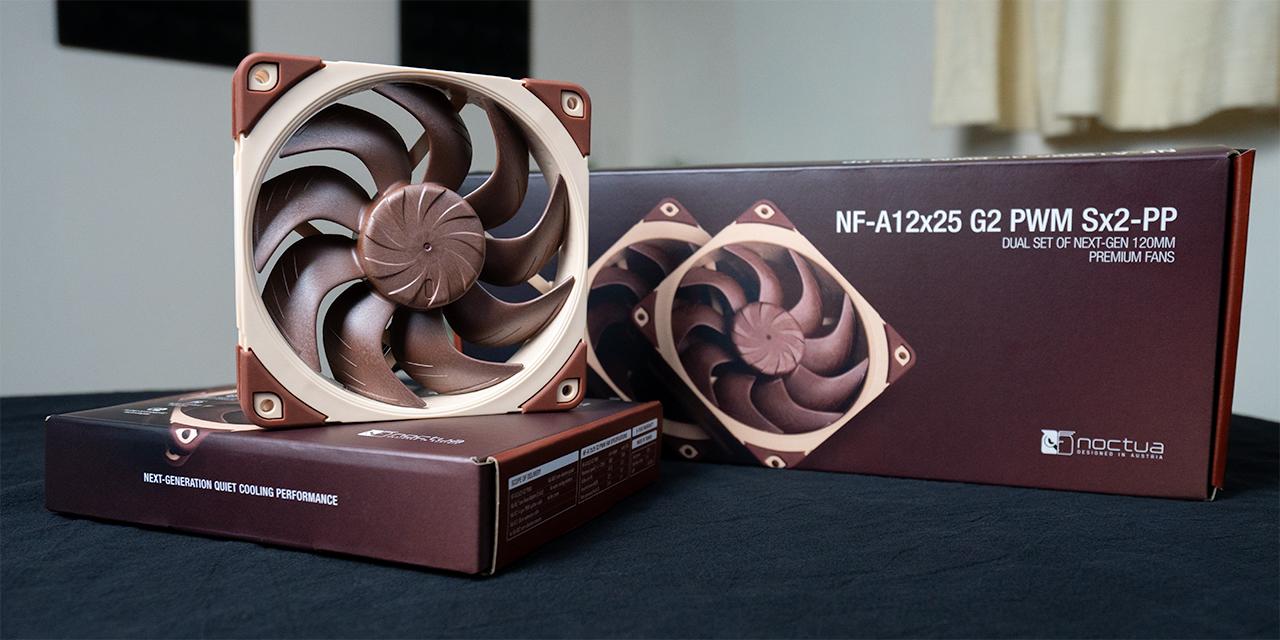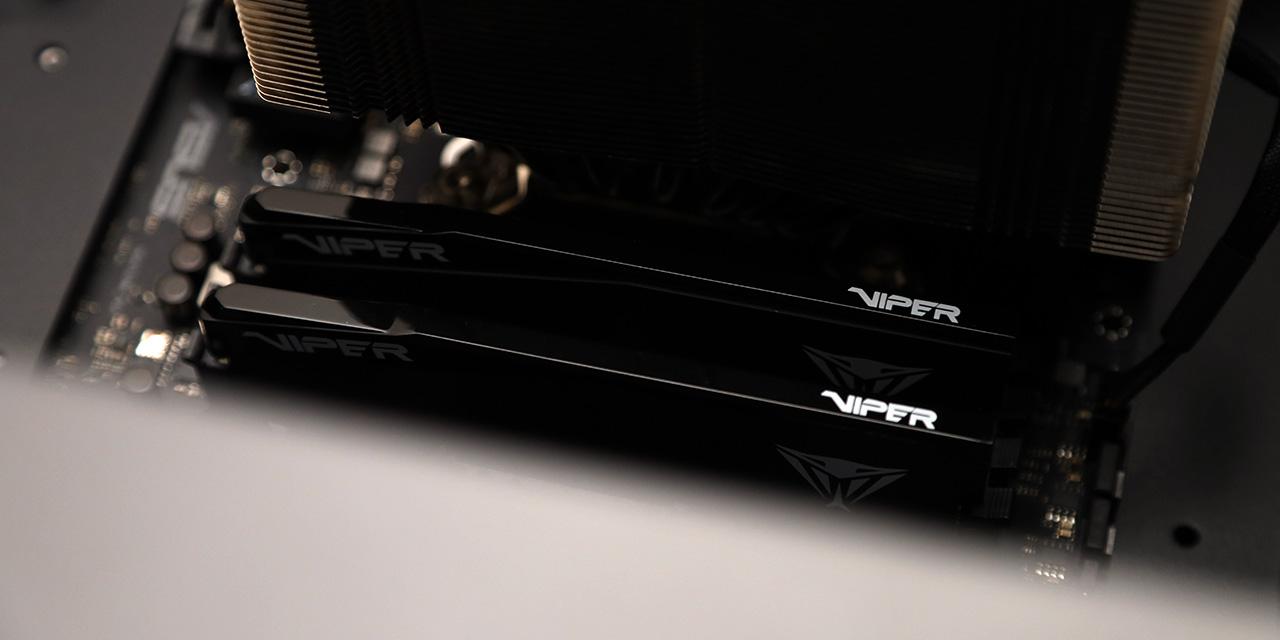Page 10 - Overclocking and Conclusion
How did the Kingston FURY Renegade DDR5-8400 2x24GB compare against the latest models from Corsair, Crucial, and XPG? According to our benchmark results, it is exactly where you expect it to be. Of course, this is not a surprising outcome. The compared DDR5-8400 kits, including Corsair's Vengeance RGB DDR5-8400 2x24GB and XPG's Lancer CUDIMM RGB DDR5-8400 2x24GB all feature identical SK hynix M-die chips behind those heatspreaders. For overclocking, I kept it at 1.45V to see how far I could go. I was able to start my PC at DDR5-8800 with relaxed latencies, but it crashed pretty quickly. I tried playing around with the timings, but I could not get anything above stock to any degree of stability. I would not worry too much about that though, because there are not many reasons why you need to push your RAM past DDR5-8400 -- that is already an incredible speed to begin with. Performance aside, the Kingston FURY Renegade features a familiar face for your latest build, and a limited lifetime warranty should anything go wrong. For about $340, the Kingston FURY Renegade DDR5-8400 2x24GB is a high performance set of CUDIMMs priced within the competition to maximize your system's performance using the latest generation Intel CPUs. If you want RGB LEDs, a version equipped with that is available for an extra $20 at the time of writing this review.
Kingston provided this product to APH Networks for the purposes of evaluation.
Since April 30, 2007, Number Ratings have been dropped for all CPUs, motherboards, RAM, SSD/HDDs, and graphics cards. This is to ensure the most appropriate ratings are reflected without the inherent limits of using numbers. Everything else will continue using the Number Rating System.
More information in our Review Focus.
The Kingston FURY Renegade DDR5-8400 2x24GB CUDIMMs deliver top-tier performance to make the most of the latest Intel CPUs.
Page Index
1. Introduction, Packaging, Specifications
2. A Closer Look, Test System
3. Benchmark: AIDA64 CPU
4. Benchmark: AIDA64 FPU
5. Benchmark: AIDA64 Memory
6. Benchmark: PCMark 10
7. Benchmark: 3DMark
8. Benchmark: PassMark PerformanceTest 10
9. Benchmark: SuperPI 1M, Cinebench 2024
10. Overclocking and Conclusion





